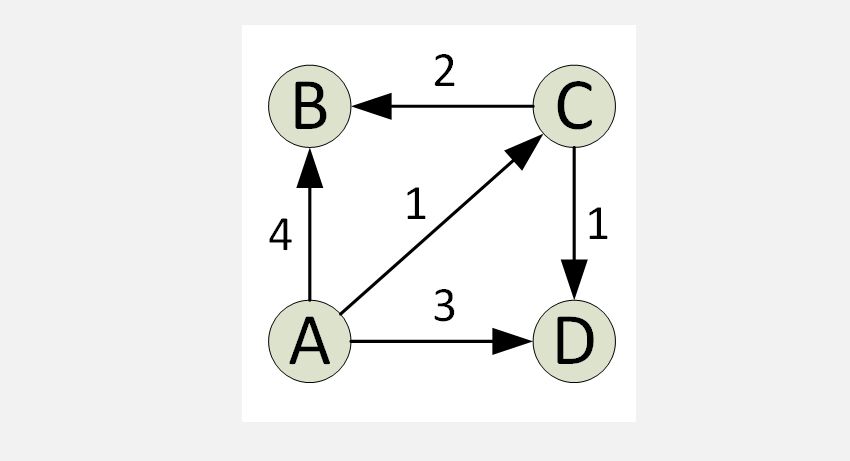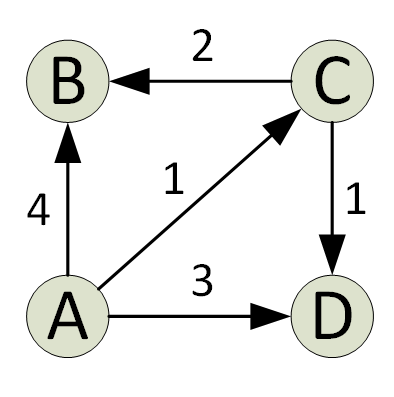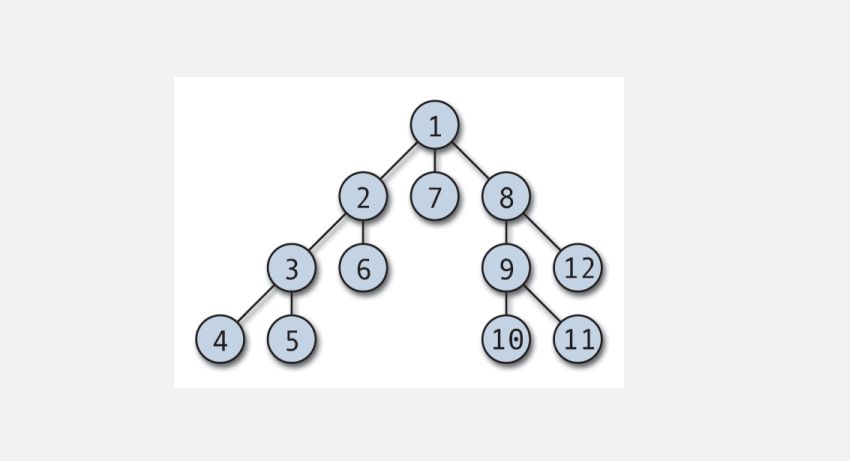As a student of programming, you've likely learned plenty of different algorithms throughout the course of your career. Becoming proficient in different algorithms is absolutely essential for any programmer.
With so many algorithms, it can be challenging to keep track of what's essential. If you’re prepping for an interview or simply brushing up on your skills, this list will make it relatively easy. Read on as we list the most essential algorithms for programmers.
1. Dijkstra’s Algorithm
Edsger Dijkstra was one of the most influential computer scientists of his time, and he contributed to many different areas of computing science, including operating systems, compiler construction, and much more. One of Dijkstra’s most notable contributions is the ingenuity of his shortest path algorithm for graphs, also known as Dijkstra’s Shortest Path Algorithm.
Dijkstra’s algorithm finds the single shortest path in a graph from a source to all graph vertices. On every iteration of the algorithm, a vertex is added with the minimum distance from the source and one that does not exist in the current shortest path. This is the greedy property used by Djikstra’s algorithm.
The algorithm is typically implemented using a set. Dijkstra’s algorithm is very efficient when implemented with a Min Heap; you can find the shortest path in just O(V+ElogV) time (V is the number of vertices and E is the number of edges in a given graph).
Dijkstra's algorithm has its limitations; it only works on directed and undirected graphs with edges of positive weight. For negative weights, the Bellman-Ford algorithm is typically preferable.
Interview questions commonly include Djikstra’s algorithm, so we highly recommend understanding its intricate details and applications.
2. Merge Sort
We’ve got a couple of sorting algorithms on this list, and merge sort is one of the most important algorithms. It's an efficient sorting algorithm based on the Divide and Conquer programming technique. In a worst-case scenario, merge sort can sort “n” numbers in just O(nlogn) time. Compared to primitive sorting techniques such as Bubble Sort (that takes O(n^2) time), merge sort is excellently efficient.
In merge sort, the array to be sorted is repeatedly broken down into subarrays until each subarray consists of a single number. The recursive algorithm then repeatedly merges the subarrays and sorts the array.
3. Quicksort
Quicksort is another sorting algorithm based on the Divide and Conquer programming technique. In this algorithm, an element is first chosen as the pivot, and the entire array is then partitioned around this pivot.
As you've probably guessed, a good pivot is crucial for an efficient sort. The pivot can either be a random element, the media element, the first element, or even the last element.
Implementations of quicksort often differ in the way they choose a pivot. In the average case, quicksort will sort a large array with a good pivot in just O(nlogn) time.
The general pseudocode of quicksort repeatedly partitions the array on the pivot and positions it in the correct position of the subarray. It also places the elements smaller than the pivot to its left and elements greater than the pivot to its right.
4. Depth First Search
Depth First Search (DFS) is one of the first graph algorithms taught to students. DFS is an efficient algorithm used to traverse or search a graph. It can also be modified to be used in tree traversal.
The DFS traversal can start from any arbitrary node, and it dives into each adjacent vertex. The algorithm backtracks when there is no unvisited vertex, or there's a dead-end. DFS is typically implemented with a stack and a boolean array to keep track of the visited nodes. DFS is simple to implement and exceptionally efficient; it works(V+E), where V is the number of vertices and E is the number of edges.
Typical applications of the DFS traversal include topological sort, detecting cycles in a graph, pathfinding, and finding strongly connected components.
5. Breadth-First Search
Breadth-First Search (BFS) is also known as a level order traversal for trees. BFS works in O(V+E) similar to a DFS algorithm. However, BFS uses a queue instead of the stack. DFS dives into the graph, whereas BFS traverses the graph breadthwise.
The BFS algorithm utilizes a queue to keep track of the vertices. Unvisited adjacent vertices are visited, marked, and queued. If the vertex doesn't have any adjacent vertice, then a vertice is removed from the queue and explored.
BFS is commonly used in peer-to-peer networks, shortest path of an unweighted graph, and to find the minimum spanning tree.
6. Binary Search
Binary Search is a simple algorithm to find the required element in a sorted array. It works by repeatedly dividing the array in half. If the required element is smaller than the middlemost element, then the left side of the middle element is processed further; otherwise, the right side is halved and searched again. The process is repeated until the required element is found.
The worst-case time complexity of binary search is O(logn) which makes it very efficient at searching linear arrays.
7. Minimum Spanning Tree Algorithms
A minimum spanning tree (MST) of a graph has the minimum cost among all possible spanning trees. The cost of a spanning tree depends on the weight of its edges. It's important to note that there can be more than one minimum spanning tree. There are two main MST algorithms, namely Kruskal’s and Prim’s.
Kruskal’s algorithm creates the MST by adding the edge with minimum cost to a growing set. The algorithm first sorts edges by their weight and then adds edges to the MST starting from the minimum.
It's important to note that the algorithm doesn't add edges that form a cycle. Kruskal’s algorithm is preferred for sparse graphs.
Prim’s Algorithm also uses a greedy property and is ideal for dense graphs. The central idea in Prim’s MST is to have two distinct sets of vertices; one set contains the growing MST, whereas the other contains unused vertices. On each iteration, the minimum weight edge that will connect the two sets is selected.
Minimum spanning tree algorithms are essential for cluster analysis, taxonomy, and broadcast networks.
An Efficient Programmer Is Proficient With Algorithms
Programmers constantly learn and develop their skills, and there are some core essentials that everyone needs to be proficient in. A skilled programmer knows the different algorithms, the benefits and drawbacks of each, and which algorithm would be most appropriate for a given scenario.





